I was thrilled to take scores of Carolina Chickadee images when I was in Arkansas, from the comfort of my friend Steve Creek‘s deck while I visited with him.
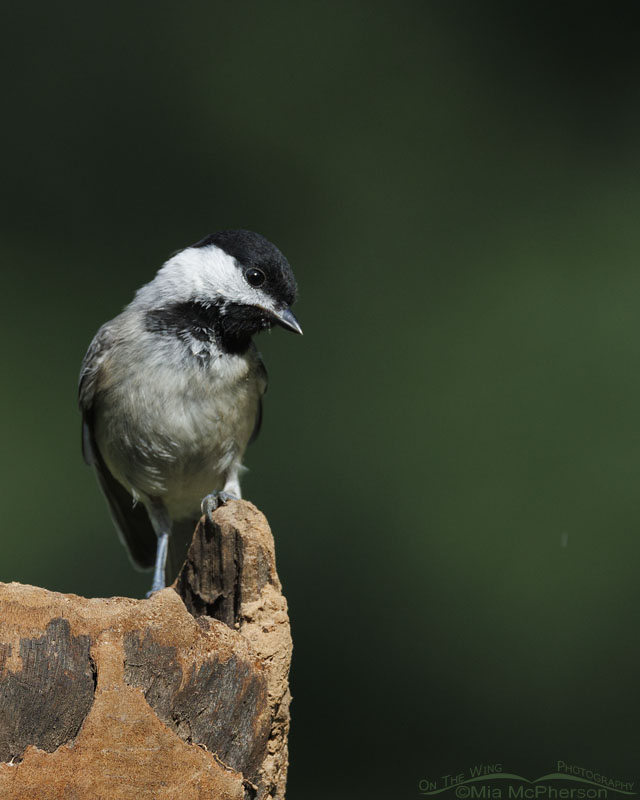 Carolina Chickadee looking at me
Carolina Chickadee looking at me
Chickadees are among the first birds I remember seeing and identifying as a child. I’ve always loved watching them, and now I enjoy photographing them too.
Chickadees are small, super active, and sometimes comical; they always seem to be curious about what is going on in their neighborhood. They will loudly and readily sound the alarm if there is a predator nearby. They aren’t really afraid of humans, which often means I can get the frame-filling photos I desire. The black, white, and gray plumage of Carolina and Black-capped Chickadees is visually striking.
I thoroughly enjoyed every minute I spent photographing the Carolina Chickadees in Steve’s yard. A cup of coffee within reach and the terrific company of my dear friend Steve and his delightful pup, Rosie, made it even better. They were all exactly what I needed during such a tumultuous time in my life.
If you are viewing this on a desktop device, click on the first photo in the gallery below to open it larger and to scroll through the rest.
Attracting Carolina Chickadees to your yard:
Attracting these chickadees can be relatively easy with the right approach. These small, charming birds are known to visit bird feeders and gardens if you provide the right conditions. Here are some tips to attract Carolina Chickadees to your yard:
- Food: Chickadees primarily feed on insects, seeds, and berries. To attract them, offer a variety of foods in your yard, such as sunflower seeds, suet, peanuts, and mealworms. A platform feeder or a tube feeder with small perches is ideal for chickadees.
- Water: Providing a clean and shallow water source, such as a bird bath or a shallow dish, is essential. Chickadees, like other birds, need water for drinking and bathing, especially during hot and dry weather.
- Shelter and Nesting Sites: Chickadees are cavity-nesting birds, so having trees with natural cavities or offering nest boxes can attract them to your yard. Make sure the nesting boxes have an entrance hole of about 1-1/8 inches (2.9 cm) in diameter, which is suitable for chickadees but too small for larger birds that might compete for the space.
- Native Plants: Planting native trees, shrubs, and flowers in your yard provides natural food sources and cover for chickadees and other local wildlife. Native plants attract insects, which are an important part of chickadees’ diet, especially during the breeding season when they need to feed their young.
- Safety: Chickadees prefer yards that are safe and free from potential threats. Minimize the use of pesticides and herbicides, which can harm insects and indirectly affect chickadees’ food source. Also, consider placing feeders and nesting boxes away from windows to prevent collisions. To be responsible, always keep cats indoors.
- Year-round Care: Chickadees can be attracted to yards throughout the year. Make sure to maintain the bird feeders and keep them filled, even during the winter months when natural food sources may be scarce.
Remember that different bird species are attracted to different features, so a diverse, native and bird-friendly yard will likely attract a variety of feathered friends, including Carolina Chickadees if you live within their range.
Life is good.
Mia
Check here to see more of my Carolina Chickadee photos plus facts and information about this species.


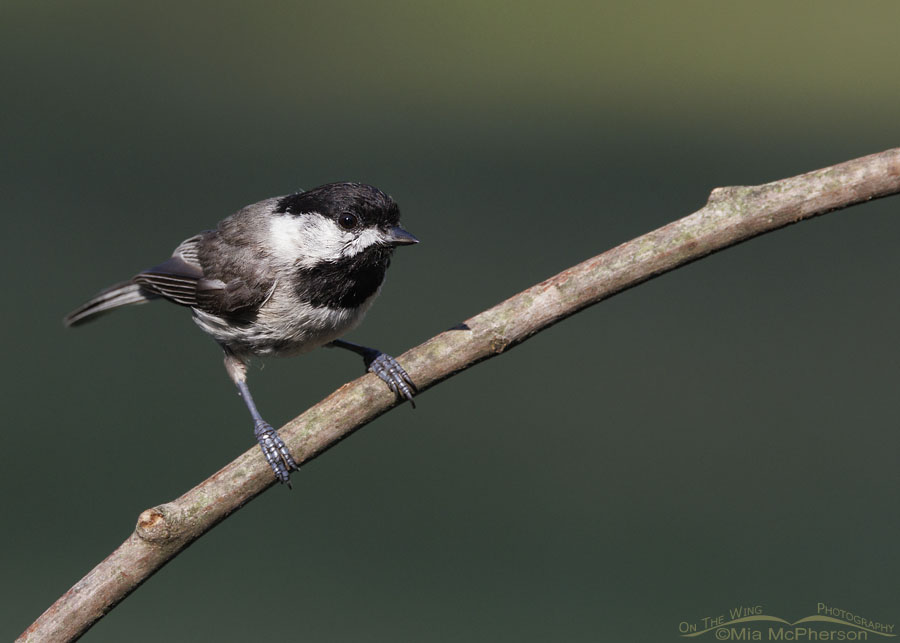
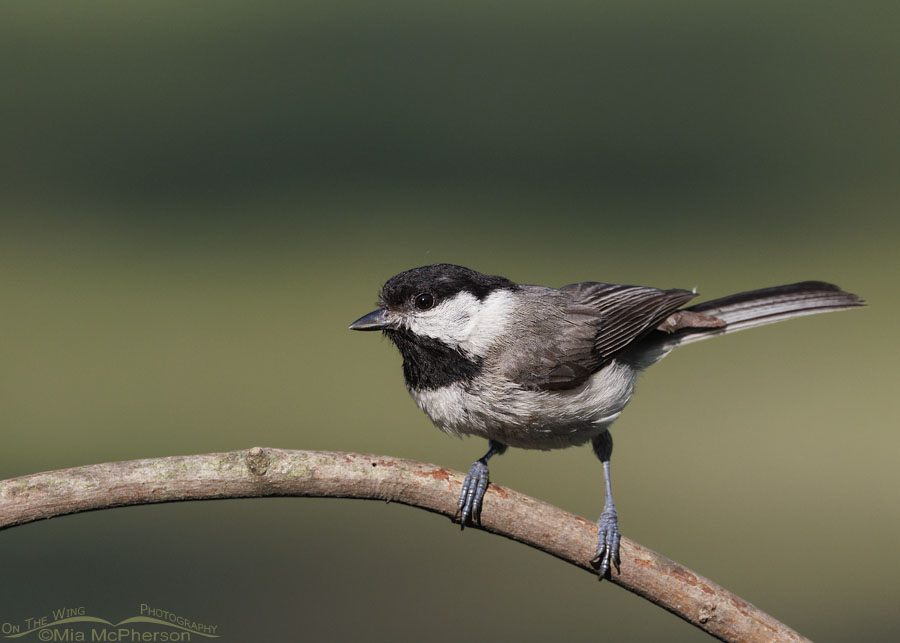
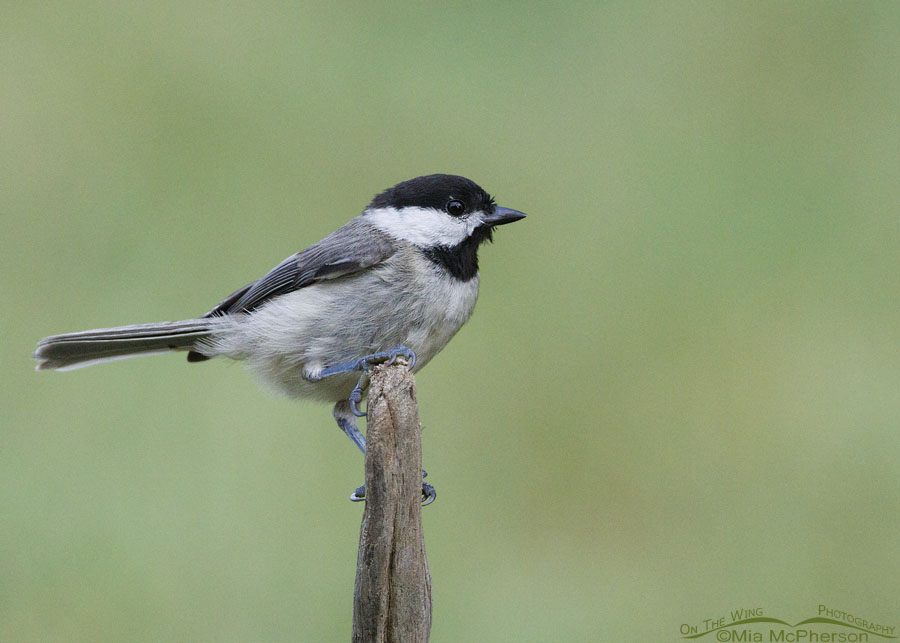
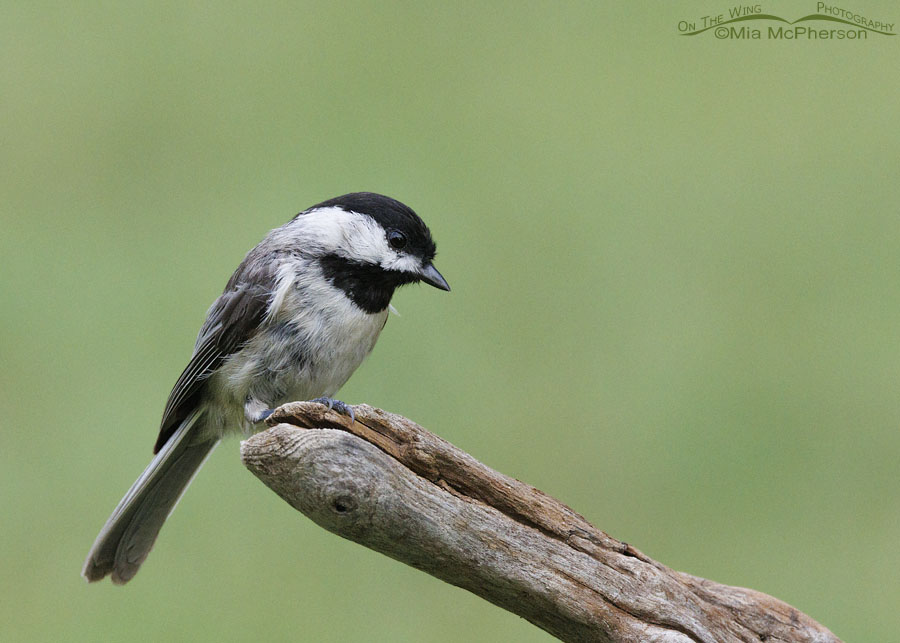
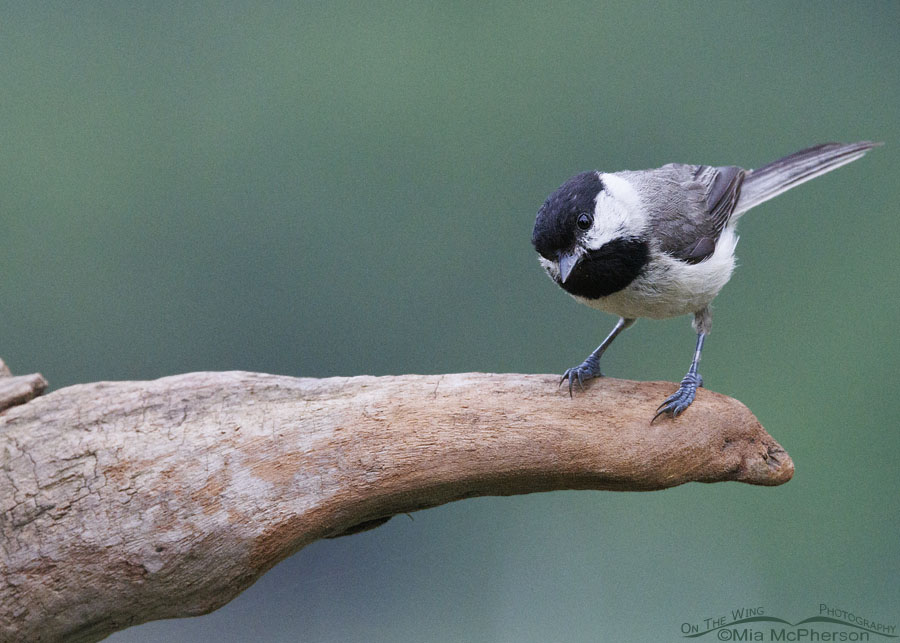
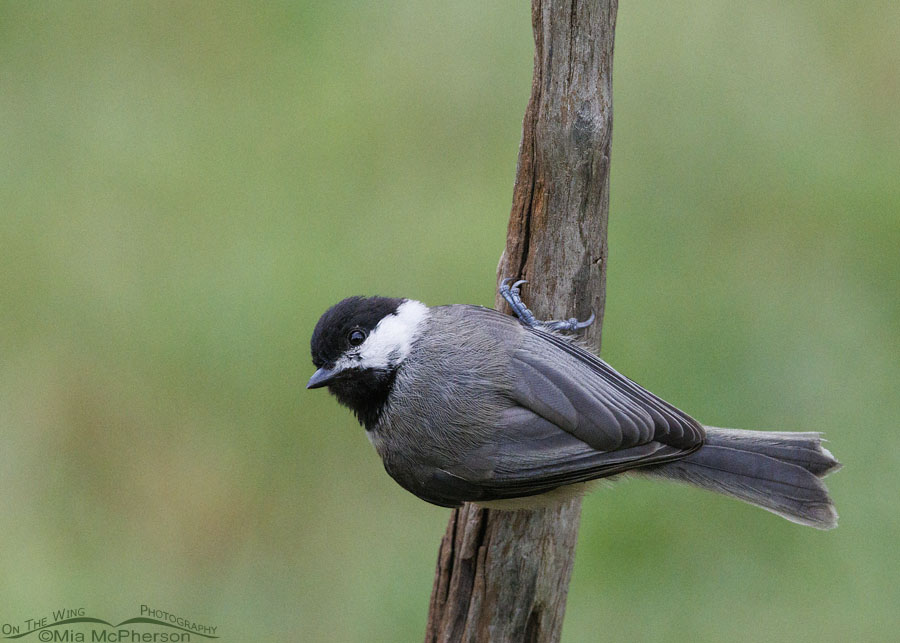
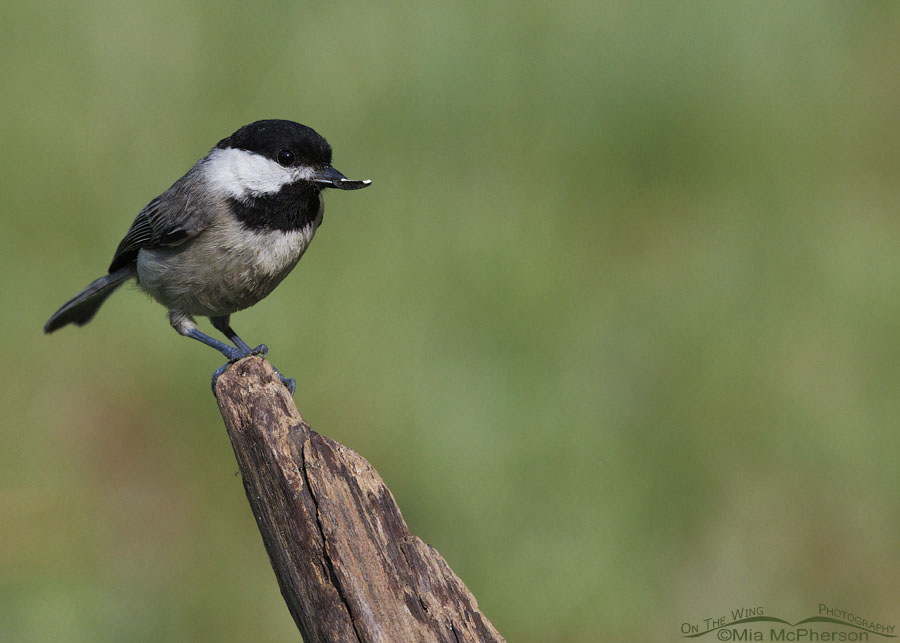
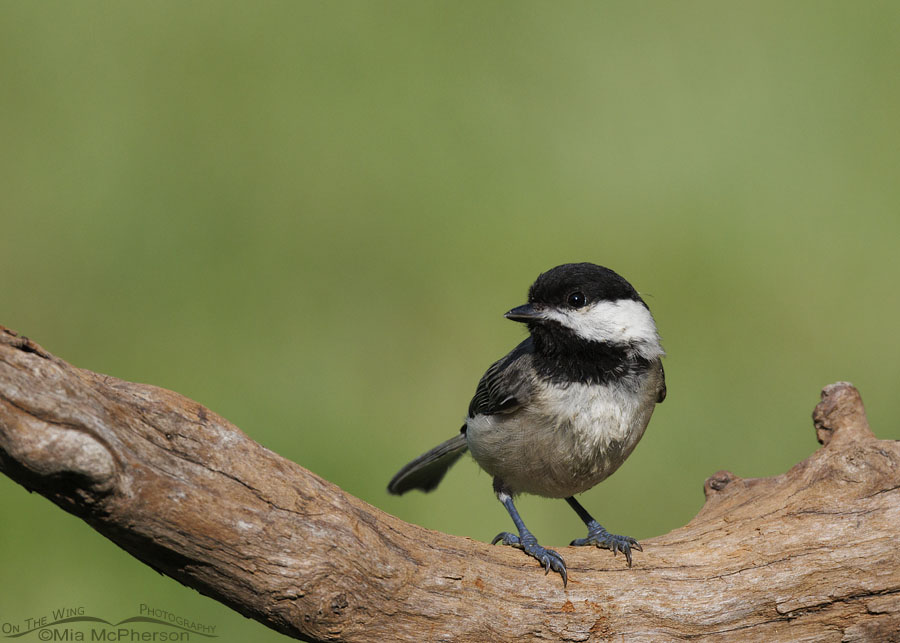
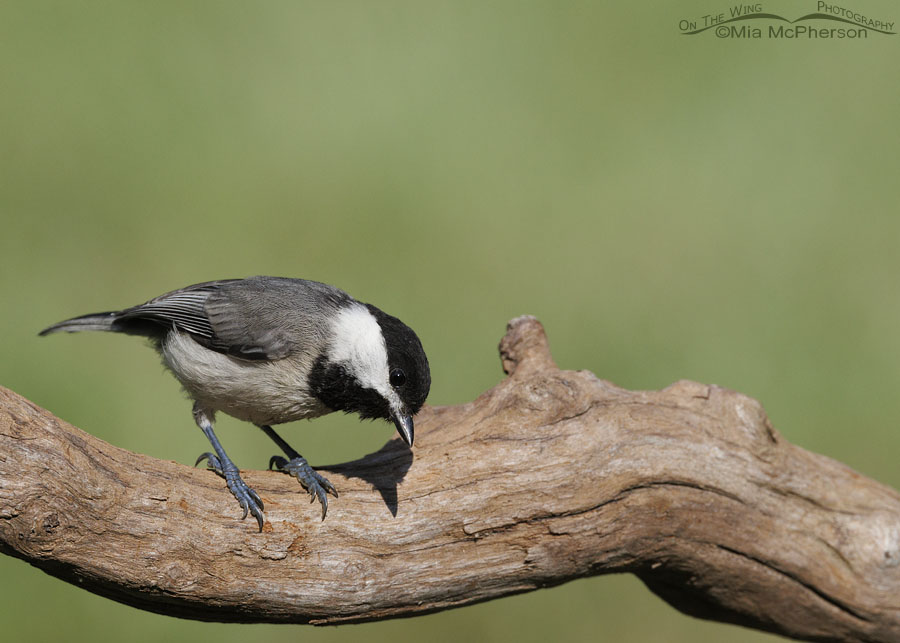
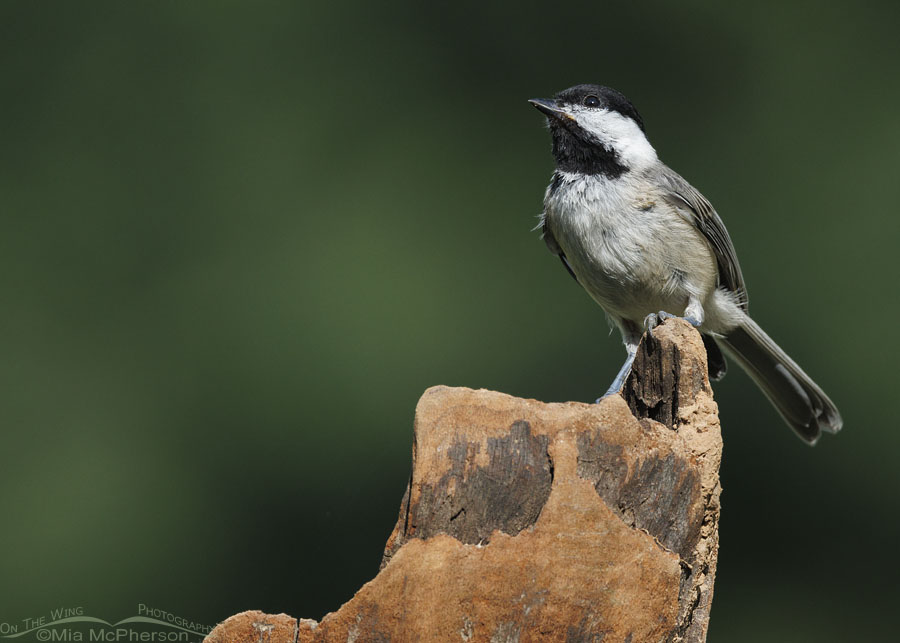
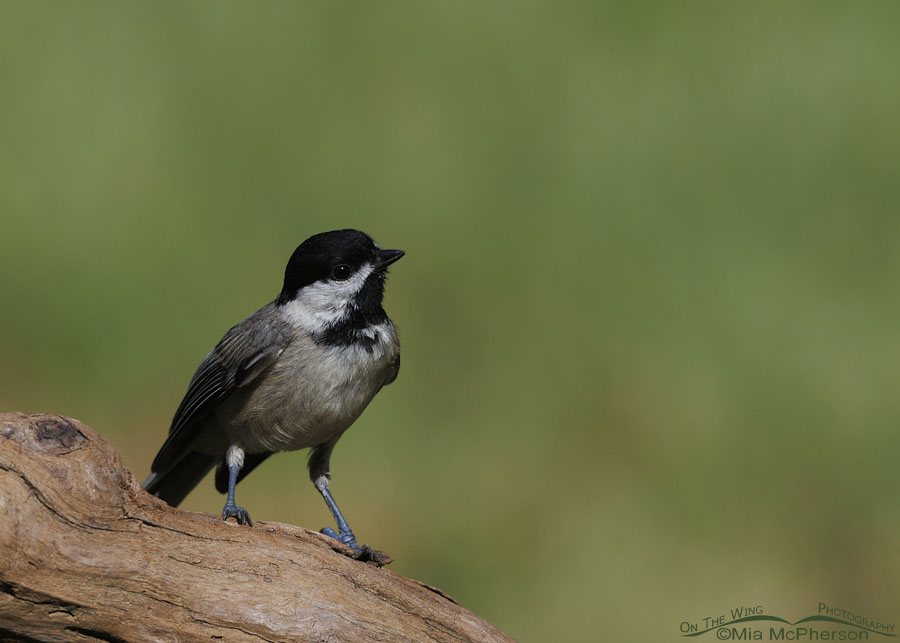
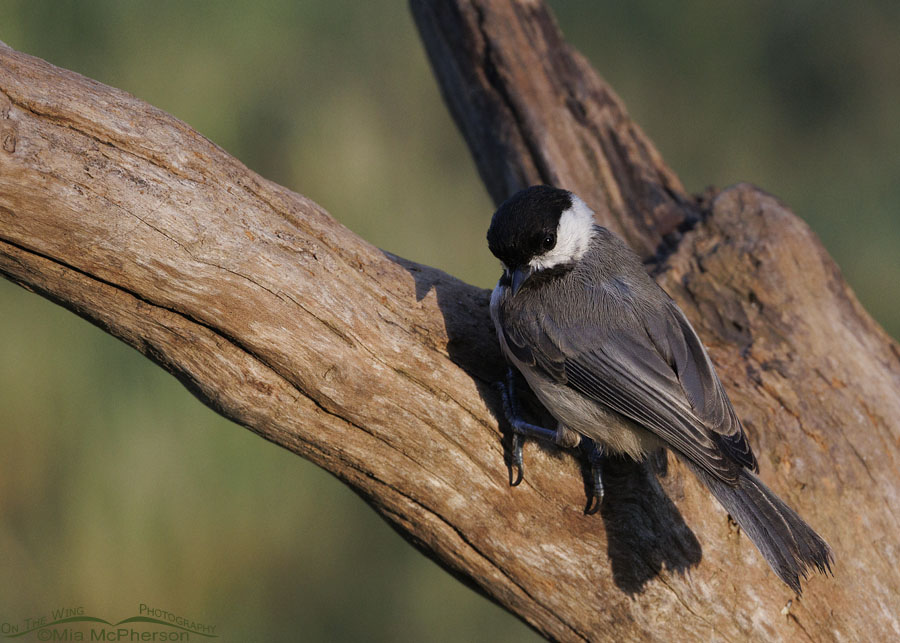
What a delightful little bird. I am so glad it was there to provide you with much needed heart balm.
Beautiful photos. We call chickadees velcro toes.